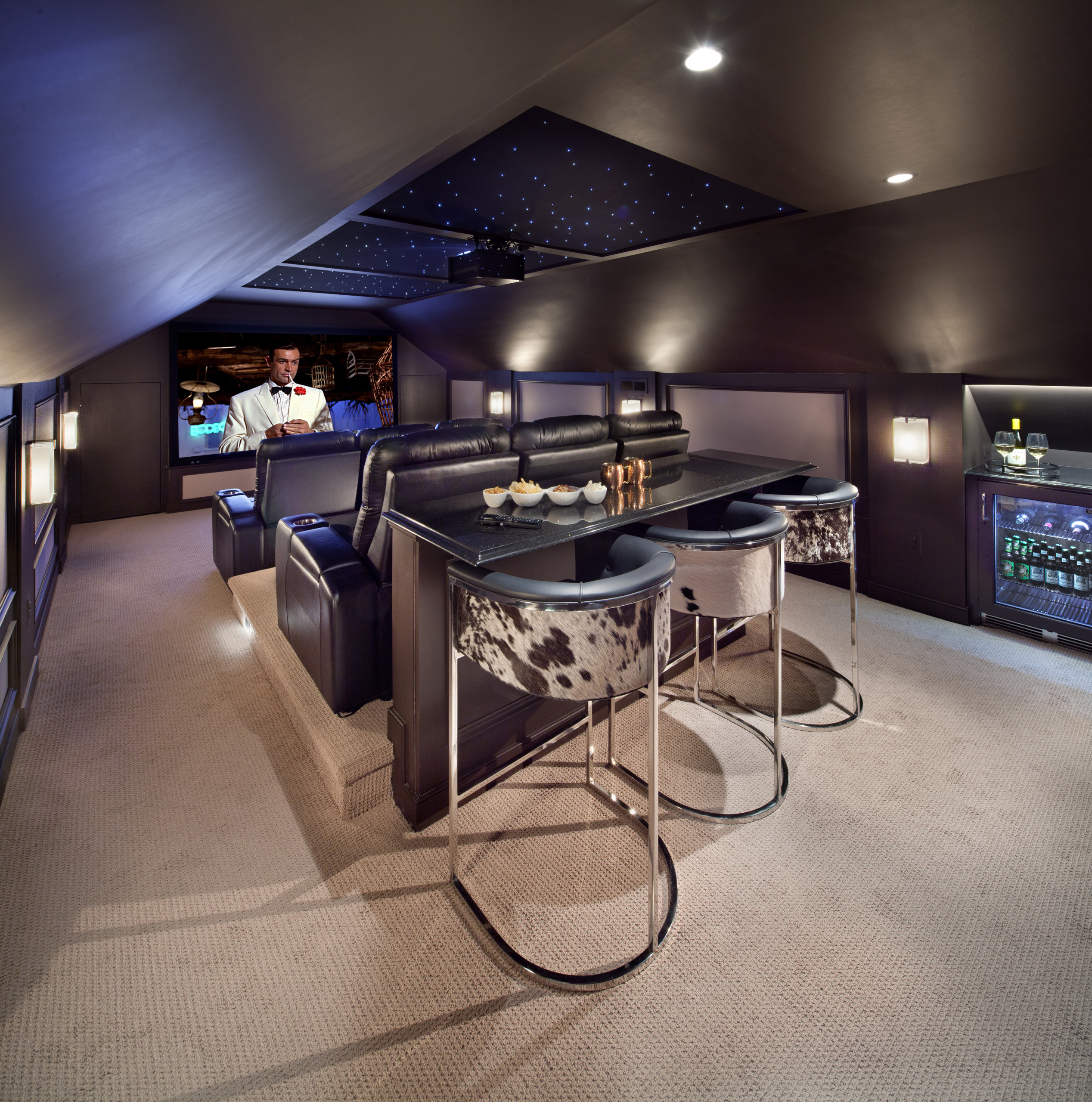

Since the hard floor is a flat surface, it will reflect sounds just like the walls will. You have the benefit of testing it out both ways and seeing which sounds better.Īlthough the hard flooring is going to be a better medium for allowing the deeper subwoofer tones to resonate through, it can cause complications too. There are simple absorbent pads like the RightChoice XL-Pro Subwoofer Isolation Platform (on Amazon), but there are also more advanced units that have springs and vibration canceling designs like the Auralex Acoustics SubDude-II (on Amazon). Starting out with hard flooring, or any kind of hardwood flooring is going to give you more options than if you already have carpet because you can always add rugs or audio-absorbing material to simulate carpet if you need to. Since the subwoofer is there to push deeper sounds and longer wavelengths, the sound waves it’s producing simply won’t be affected as much as shorter wavelength sounds like those produced at the rest of the speakers in the system. The subwoofer will vibrate a lot when it’s producing sound, and being on carpet will allow some of these vibrations to be absorbed, keeping the speaker box stable, and the speakers themselves projecting the right sounds in the right direction.Īnd even for a down-facing subwoofer, the amount of sound being absorbed by the carpet is likely going to be negligible. Because of that, the way the speaker is designed will be such that being on carpet compliments it.

One of the pros of having a carpeted setup is that the subwoofer manufacturer is basically expecting this. The subwoofer can sit right on the carpet, and the sound should be propagated from the subwoofer and mixed with the rest of the soundscape just fine. If your home theater room is carpeted, you’ll probably have an easier go of figuring out the speaker system that you otherwise might in a hard floor room. Subwoofers on Carpet Image by Nosferatu it licensed under CC BY-SA 3.0. But before you make a call, here are some things to think about. You’ll have to pick a solution that’s right for your unique setup, and you may need to try several to see what sounds the best. Since every home theater room is different, and every theater setup (where the speakers are, whether it’s 2.1, 5.1, or 7.1 channel sound, etc.) varies, there’s not a one-size-fits-all answer here. While a bare hard flooring can allow the deeper subwoofer sound waves to travel further without being dampened, a carpet can help to balance the sounds in the room together better, depending on where other speakers are placed. And since, more often than not, the subwoofer is the only speaker that physically sits on the floor, the next question is what effect that surface–whether it’s carpet or hard flooring–might have on the subwoofer’s sound quality.Īlthough many people have had this question, there is no perfect answer. It’s easy to forget one of the biggest surfaces and the effects it has on the soundscape: the floor. There are audio receivers to figure out, speaker placement, and you may even be considering acoustic panels for the walls or ceiling. The audio side of a home theater setup can be intimidating.


 0 kommentar(er)
0 kommentar(er)
